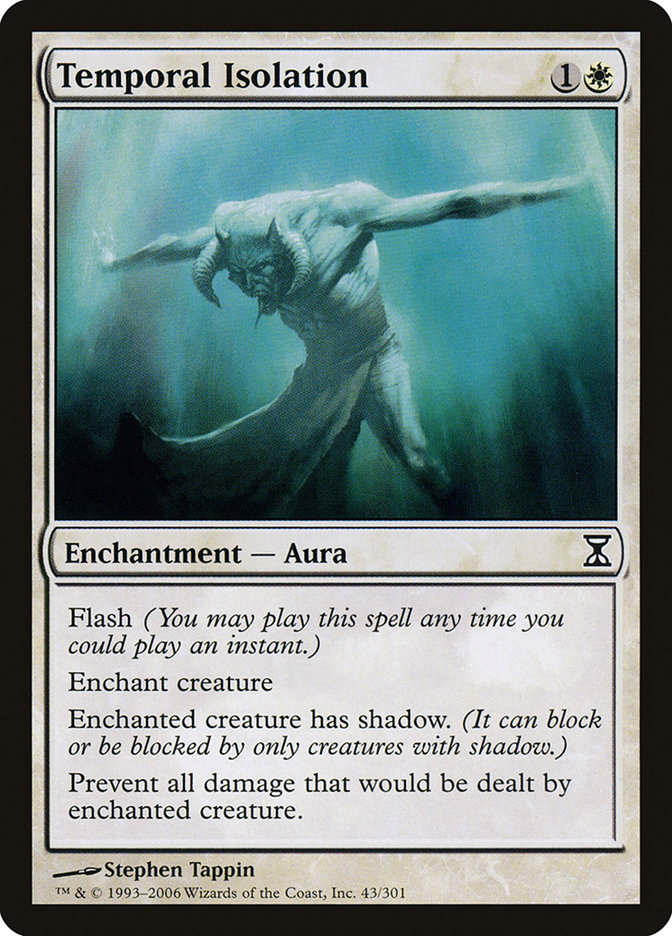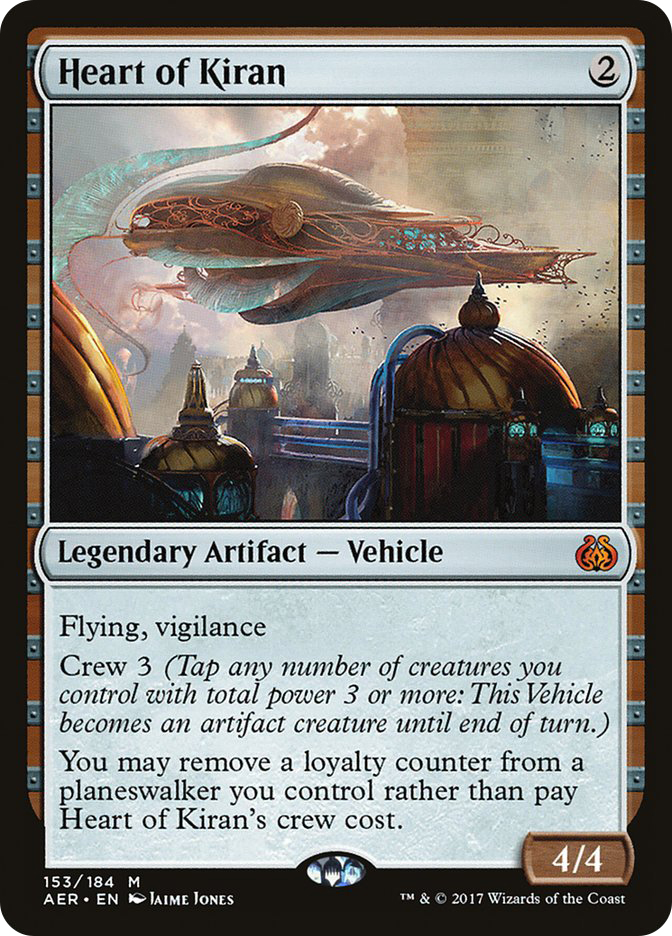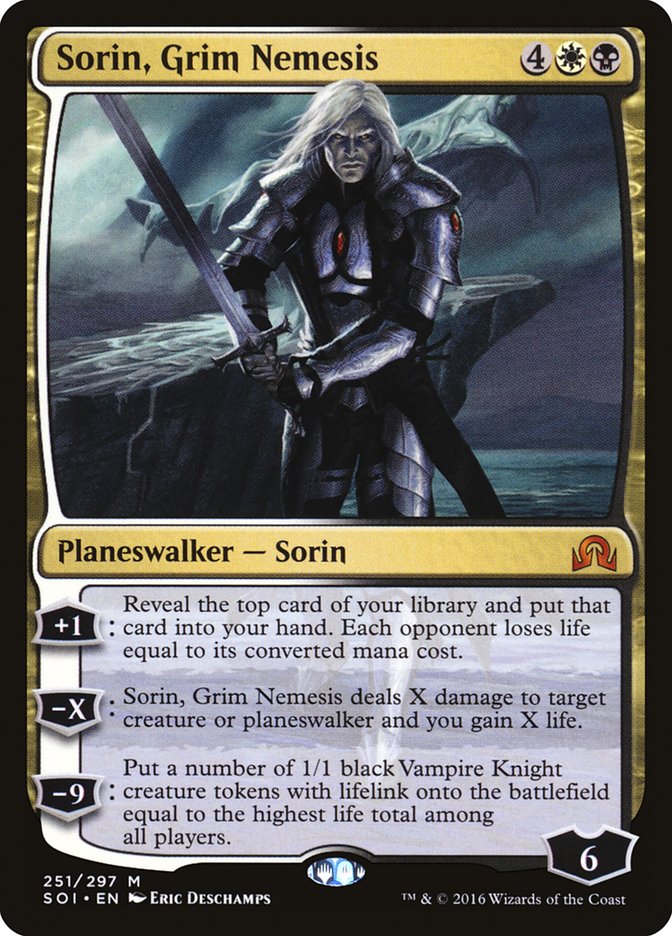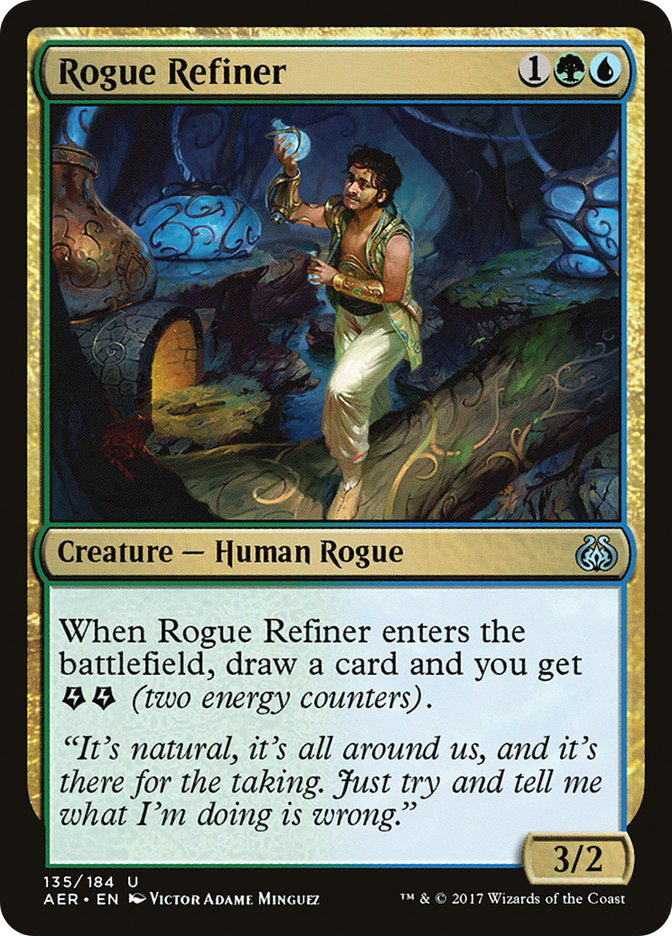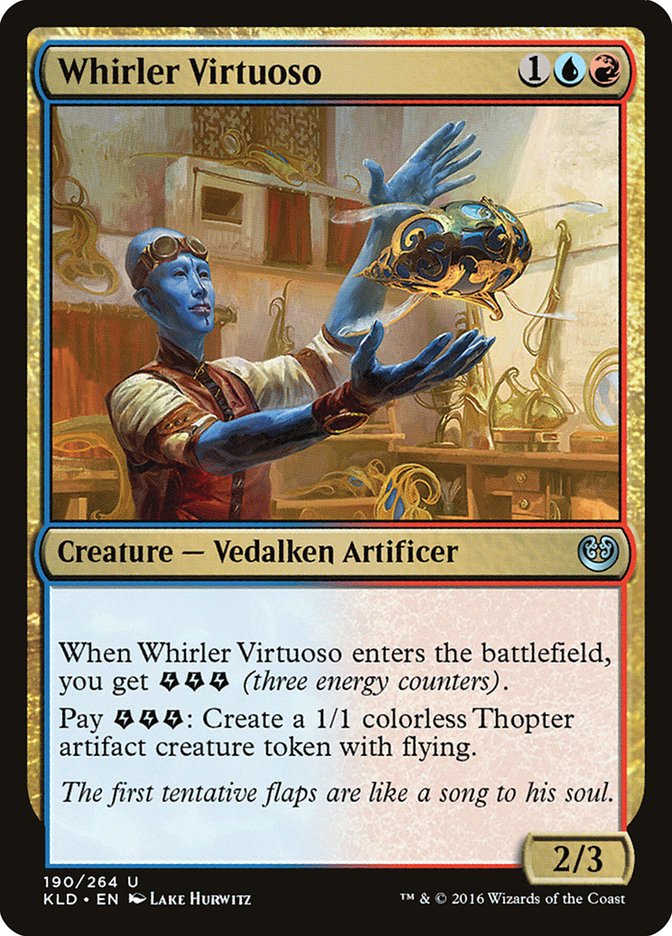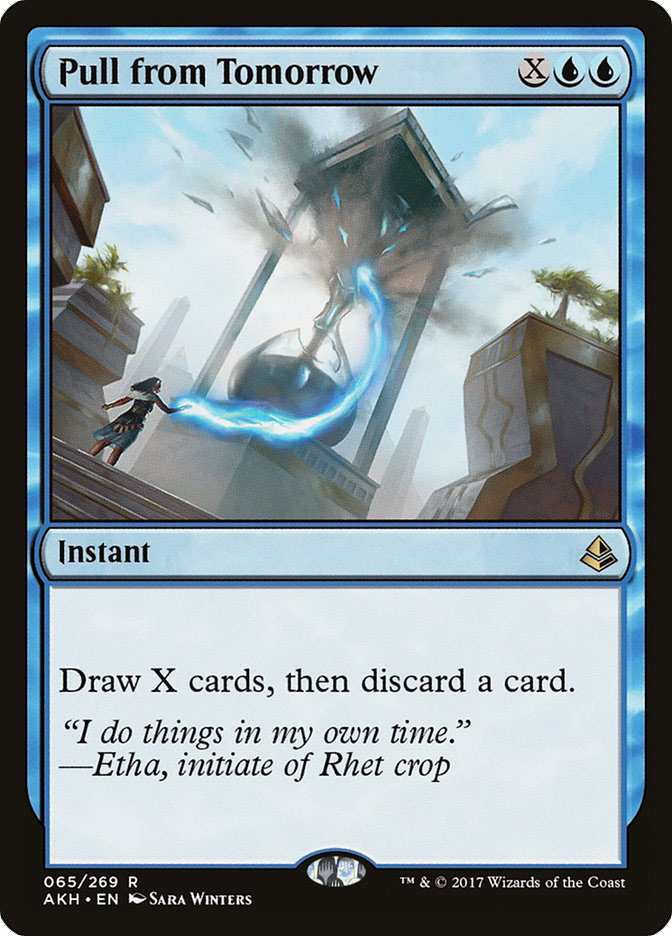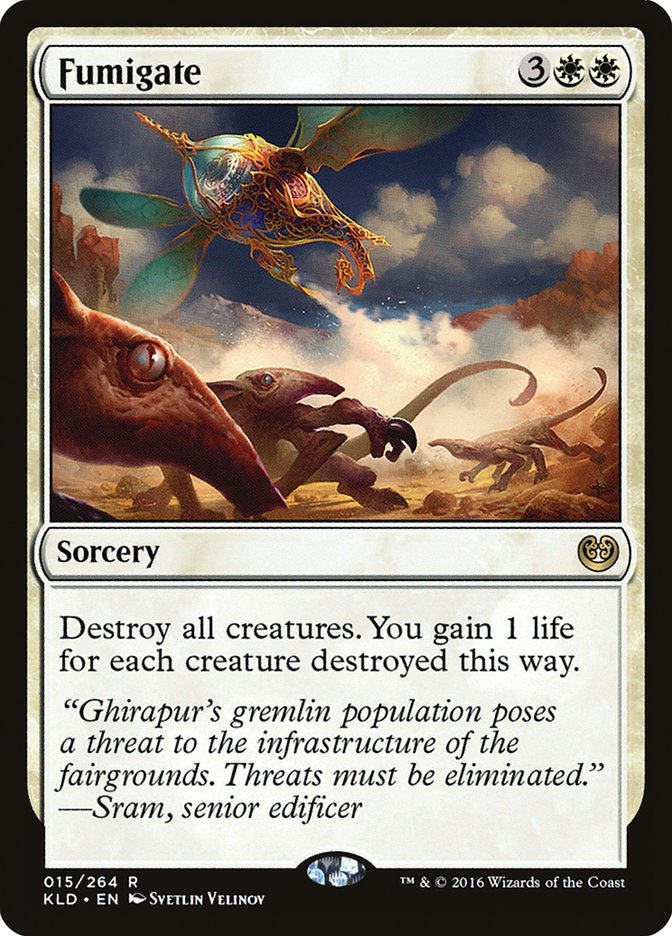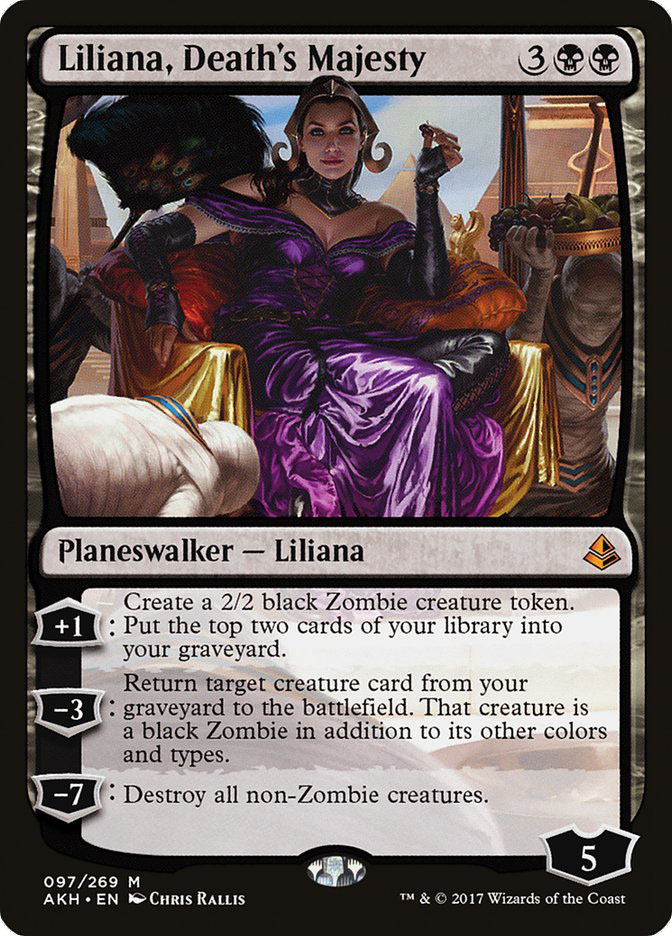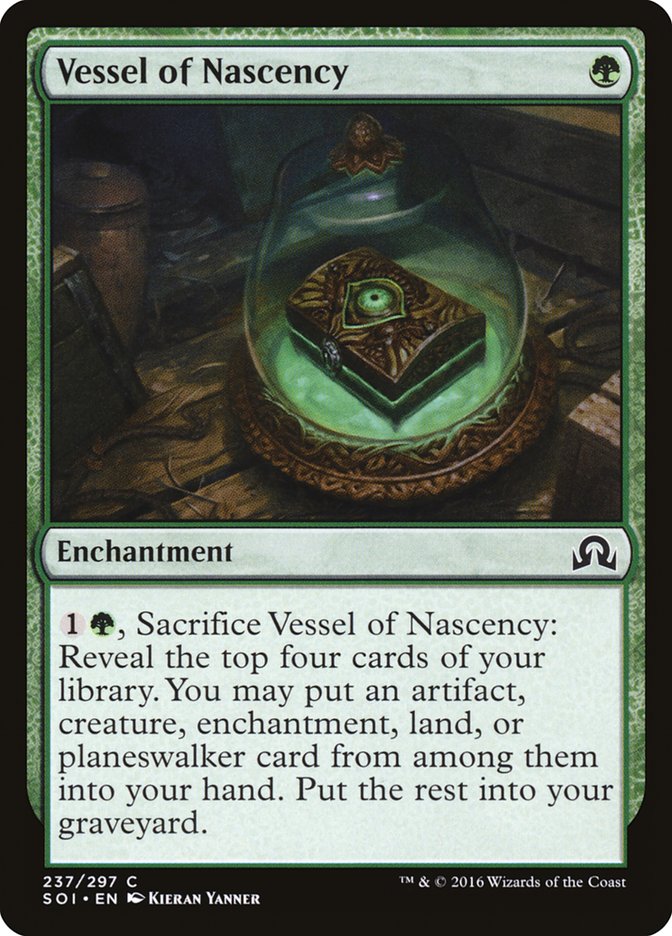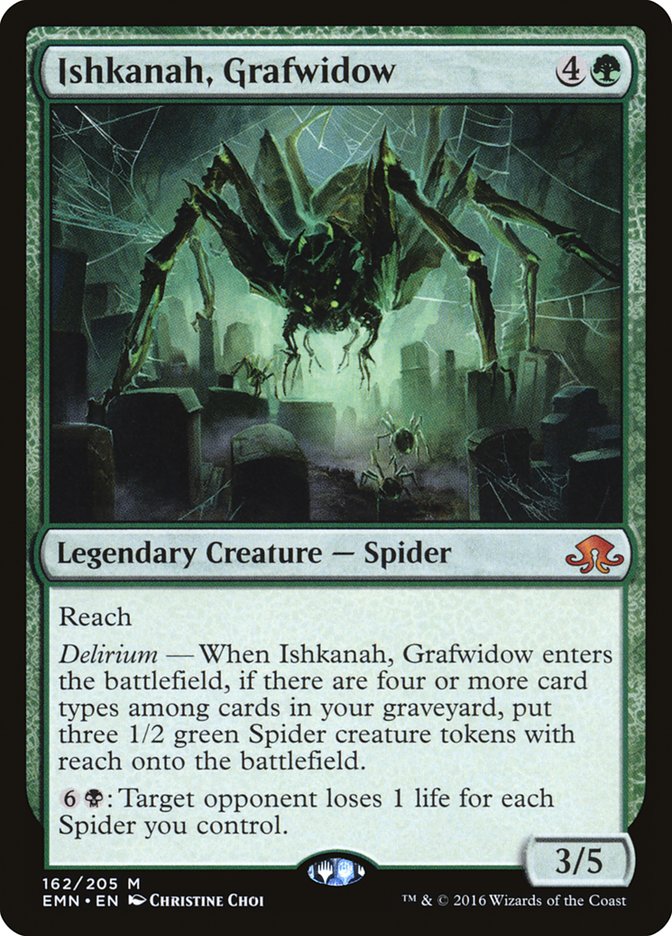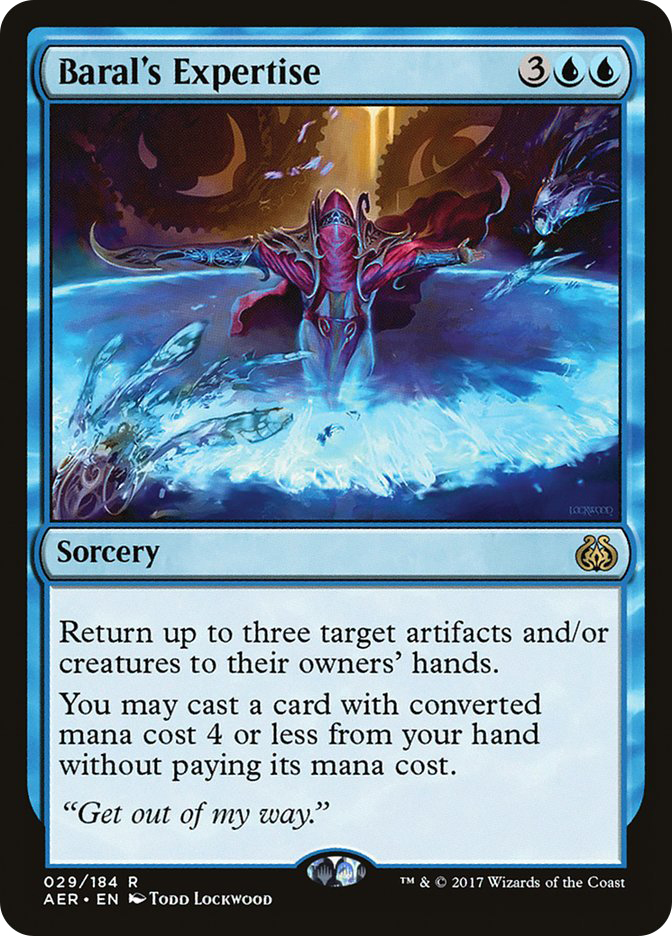The Pro Tour is mere days away, and I can tell you one thing I know about my decklist:
The “archetype” line is going to start with the letters M. A. R.
There are some other reasonable decks between the B/G variants, various control decks, and tribal Zombies; however, the straws that stir the drink are Mardu Vehicles and Aetherworks Marvel.
I’m in the perhaps unenviable position of working mainly on my own for this Pro Tour. The new team series has made large testing groups more rigid than they were in the past and thus, harder to get on when you’re not consistently qualified for Pro Tours. Having a player fall off the train from your six-man team is a huge loss and not a risk many are willing to take.
Of course, I’m not completely isolated. There are plenty of other players in a similar situation that I can share information with, which is important because the primary benefit of larger testing teams is the ability to generate large volumes of significant, accurate testing data. One or two people cannot adequately test every variant of every known deck as well as test their own ideas and learn a new Limited format in two weeks–it’s simply not enough time. But with 10-12 people dividing the task and leaning on each other, you can get through most of it and enter the tournament with a much broader understanding of the format and a more accurate picture of the expected metagame.
But with the downside of facing this gargantuan task on limited resources comes some upside. I’ve generally been among the least experienced and least accomplished players on the large teams I’ve worked with. As a result, I was much more passive, trying to learn from others rather than learn for myself.
To an extent that’s a good approach, but at a certain point you have to be confident in the choices you’re making and have a strong understanding of the card choices and the sideboard plans you’ve constructed. Personally, deferring such decisions to objectively stronger players diminished that understanding, making it more difficult for me to make decisions on the fly when playing against unexpected decks or strategies.
I’m hopeful that working largely on my own will lead to me being more confident and comfortable with my decisions this time around. Whether that’s enough to counteract my lack of raw resources remains to be seen.
The M-A-R plan is direct result of me trying to mitigate that lack of resources by working more heavily on the top decks and spending less time chasing ideas that may never pan out. I tried very hard to get a deck to work for Pro Tour Aether Revolt and at the end, was forced to abandon it for U/R Marvel, a deck that I didn’t know well and ended up not being that good.
Without a team of people to fall back on another such miss would be catastrophic, so I have to content myself with being the hunted rather than the hunter. Fortunately the MARs have quite the pedigree to inspire confidence in the face of their position as public enemies number 1 and 1a.
Unfortunately, building either deck is far from straightforward, with both decks sporting multiple variants with their own strengths and weaknesses. The rest of this article will focus on what I’ve found about those variants and which ones I’m leaning toward playing this weekend.
Should we Drive or Walk?
Last season we saw Mardu Vehicles morph into midrange deck, shedding the most aggressive elements from its initial stages, namely Inventor’s Apprentice and Veteran Motorist, in order to play Walking Ballista as an answer to Saheeli Rai and allow for a transformational sideboard to blunt the effectiveness of artifact removal after sideboarding.
But with the removal of Felidar Guardian, Walking Ballista is not the powerhouse it once was; and the aggressive tandem of Veteran Motorist and Cultivator’s Caravan gained a powerful ally from Amonkhet in Glorybringer. That has led to two distinct flavors of Mardu that I’ll call aggressive and defensive.
Creatures (18)
- 2 Archangel Avacyn
- 4 Thraben Inspector
- 2 Thalia, Heretic Cathar
- 4 Scrapheap Scrounger
- 4 Toolcraft Exemplar
- 2 Walking Ballista
Planeswalkers (4)
Lands (25)
Spells (13)

The defensive version, as exemplified by the above list, is still an aggressively-slanted midrange deck, but it’s exactly what we’ve come to expect from the deck: a pile of efficient cards with a bunch of Planeswalkers and removal in the sideboard when you want to slow things down. Oddly, for a deck that started out as R/W with a black splash, this version of the deck is now much more W/B with a red splash. The move to Fatal Push necessitated more black mana, and the removal of Veteran Motorist significantly reduced the need for red.
This change is evident in the mana base where Shambling Vent appears over Needle Spires and there are more Swamps than Mountains, as well as the sideboard, where Sorin, Grim Nemesis appears over the now prohibitively-costed Chandra, Torch of Defiance.
Creatures (18)
Planeswalkers (4)
Lands (24)
Spells (14)

The aggressive version is close to the defensive one, but each difference makes it better at attacking early and closing the game if necessary. Veteran Motorist and Glorybringer apply a ton of pressure and unsurprisingly, we see the shift back toward a red-heavy mana base and Chandras in the sideboard to compensate.
What do these differences mean for the two variants? First and foremost, it means that the defensive list is likely better in the mirror. There are going to be games where Glorybringer eats Planeswalkers for breakfast but also games where Archangel Avacyn or Heart of Kiran make Glorybringer look weak. So that’s close to a wash. The reality is that midrange battles are an arms race where the biggest and baddest weapons win, and Walking Ballista not only matches up well against Veteran Motorist, it’s also a much better topdeck in the lategame, even if the latter is still serviceable.
But outside of the mirror, where the similarity of the two lists makes the edge small, I think the more aggressive list has the edge. With the deck’s sideboard plan, Mardu can go long against anyone, but I’d prefer not to fight a long game against Torrential Gearhulk or Ulamog, the Ceaseless Hunger. Mardu Vehicles is great at accruing small edges, but they don’t go over the top in the way U/R Control and Aetherworks Marvel can. Putting early pressure on those decks is going to be the best way to disrupt their gameplan, and the aggressive version of Mardu will accomplish that more consistently, especially in game 1 when you don’t have as much capacity to go long.
It shouldn’t be a surprise to see me favor the more aggressive version, but this is a Pro Tour where I’m going to be me; and that means beating down. If I end up following my M-A-R with a D-U, then expect some Dragons to come with it.
Do Whatever You Want
The situation with Marvel is a lot more varied. The power of Attune with Aether and Aether Hub allow the mana base to support nearly any three-color combination you want to play, although the power of Rogue Refiner and the necessity of counterspells in the sideboard has forced them all toward being Simic-based.
Let’s start with the most controlling version and work our way down, saving the most aggressive (and thus, best!) for last.
Creatures (5)
Lands (13)
Spells (42)

Outside of the Aetherworks Marvel package, this is basically a control deck. Censor, Negate, Fumigate, and Glimmer of Genius all want to play a slow game and give the deck a cohesive plan when you don’t draw Marvel or it is otherwise answered.
Having a backup plan is something a lot of players search for when they are tuning a linear deck because they don’t want to be vulnerable to hate cards, but it has to be implemented appropriately. The power of Aetherworks Marvel is in its capacity to provide free wins, and if you cut into that too much, then you’ve just ended up with a bad control deck rather than a good Marvel deck.
Without proactive plays like Rogue Refiner and Whirler Virtuoso, this deck isn’t going to play an early Aetherworks Marvel very often. Looking at the list I see Marvel as the deck’s follow-up to Fumigate, using it to bury the opponent as they try to recover from your sweeper. This is a fine plan, but it requires a heavy commitment to execute: twelve slots between Marvels, Woodweaver’s Puzzleknots, and Ulamog, the Ceaseless Hungers. Is that really more effective than Torrentail Gearhulk and Pull from Tomorrow taking up six slots and using the extra room for more reactive elements?
Against any aggressive deck, I want to be going over the top with a fast Ulamog, the Ceaseless Hunger as quickly as possible, so moving in this direction is a hindrance. It is, however, good in the control matchups and in the mirror. Tapping out on turns 3 and 4 is exactly what control decks want you to do so they can trade their counterspells, draw some cards when you’re out of threats, rinse and repeat. Being able to slow down and tax their mana with end step threats like Glimmer of Genius and Torrential Gearhulk gives you a much better chance of resolving a key threat which you can then protect with your counterspells. Being essentially creatureless also blanks their red removal, providing some virtual card advantage to counter the fact that your Aether Meltdowns and Fumigates are also nearly blank pieces of cardboard.
These same elements are also great in the mirror, which would otherwise be a non-interactive race. You have maindeck answers to Aetherworks Marvel in Negate and Cast Out and the ability to hold up mana on turn 4 to play your answer while casting Glimmer of Genius if they decide not to play into you.
In an open metagame I don’t see these advantages being enough to counteract the disadvantage of being a much worse Aetherworks Marvel deck, but if you’re in a control and Marvel heavy-field, this version could be best.
Creatures (11)
Lands (14)
Spells (35)

Of course, you don’t need the white removal to play a controlling Marvel deck, since red removal will do just fine, as the above list demonstrates. The maindeck counterspells and Glimmer of Geniuses replace more proactive plays like Servant of the Conduit and Chandra, Torch of Defiance and are once again supplemented by some copies of Torrential Gearhulk.
Without the sweeper in Fumigate, this list is free to play some cheap creatures, so Rogue Refiner and Whirler Virtuoso return to give the deck a slightly more aggressive feel. Emphasis on slightly.
My issue with this list is that it’s schizophrenic. Am I supposed to tap out for the creatures early or hold up counterspells and card draw? Sure, sometimes you’ll curve them together perfectly, but too often you’ll be forced to make a judgment call with imperfect information and some of your cards will end up stranded in your hand.
On the balance, this list is most similar to Bant, and deciding between them will be a matter of how well-positioned the red removal is relative to the white. Personally I like the red removal a lot, especially since Whirler Virtuoso is great at attacking Planeswalkers, thus mitigating the need for Cast Out. Aether Meltdown is great against certain threats, but the versatility of Harnessed Lightning cannot be overstated. Getting a one-mana removal spell in Magma Spray for more aggressive metagames is the best way to set up a proactive curve without falling too far behind.
Creatures (15)
- 3 Ulamog, the Ceaseless Hunger
- 1 Distended Mindbender
- 3 Ishkanah, Grafwidow
- 4 Servant of the Conduit
- 4 Rogue Refiner
Planeswalkers (3)
Lands (16)
Spells (26)
- 3 Forest
- 1 Island
- 1 Traverse the Ulvenwald
- 4 Vessel of Nascency
- 4 Aetherworks Marvel
- 4 Woodweaver's Puzzleknot
- 4 Attune with Aether
- 4 Fatal Push
- 1 Dissenter's Deliverance
Sideboard

Of the four major versions of Marvel, this is both the newest and most enigmatic. It’s very light on energy sources for Aetherworks Marvel, but it has the most robust backup plan with Ishkanah, Grafwidow and Liliana, Death’s Majesty.
The former is simply an excellent Magic card. You occasionally see a copy or two in other Marvel lists, but without Vessel of Nascency it’s difficult to achieve delirium by turn 5. No card stabilizes the battlefield against creature decks better, giving you time to dig for Ulamog, the Ceaseless Hunger with your Aetherworks Marvel. It’s also a great threat against control decks and difficult to answer once resolved while applying plenty of pressure. Incorporating the Spider queen here is the primary reason to play this version of the deck.
But where Ishkanah, Grafwidow is more powerful, Liliana, Death’s Majesty is more interesting. It can function as a poor man’s Aetherworks Marvel by recurring an Ulamog, the Ceaseless Hunger you’ve milled with Vessel of Nascency or, more likely, rebuy Ishkanah, Grafwidow since no creature deck has ever beaten the second copy of that card.
Both of these threats are fine hits off of a quick Aetherworks Marvel, so unlike the previous two variants, Sultai Aetherworks has a cohesive, proactive gameplan that I like. The downside is the cost of Vessel of Nascency.
G/B Delirium uses its plethora of cheap removal to compensate for the tempo loss of a three-mana do-nothing. This list has the full four Fatal Pushes to help there, but the Marvel shell has cards like Woodweaver’s Puzzleknot and Attune with Aether that also tax your early development so you’re more likely to fall quite far behind in the early game. Ishkanah, Grafwidow is great at stabilizing, but just like Aetherworks Marvel won’t hit Ulamog, the Ceaseless Hunger every time (it just seems like it does, I swear), you’re not going to have delirium by turn 4 or 5 every time. This version of the deck has added more moving parts and increased its dependence on having them all come together on time. As a result, it has an even more high-variance feel than the other Marvel decks.
When everything comes together, it feels like the best deck in the format; and when it doesn’t, the deck feels embarrassing. It’s also important to note that a Liliana -3 on Ishkanah, a play that should make you feel safe, is quite vulnerable to Unlicensed Disintegration, often leaving you with a few Spiders and little hope of winning unless the top of your deck is kind.
My other issue with this deck, which also plagues the Bant version, is the lack of an energy sink. If your Aetherworks Marvel is answered, you often end up with ten or more energy, and Whirler Virtuoso and Harnessed Lightning let you use that energy effectively. Shielded Aether Thief is likely your best bet here, and would be one of the first cards I try to make room for, even if in small numbers.
This deck is a high-risk play. If you can fine tune it so that the parts work at maximum efficiency, you could have a monster on your hands. If in two months this is the obvious best deck in the format, I wouldn’t be surprised at all, but for one tournament? I don’t have the resources to get it there.
Creatures (16)
Planeswalkers (2)
Lands (15)
Spells (27)
- 4 Forest
- 2 Mountain
- 2 Island
- 1 Nissa's Renewal
- 4 Aetherworks Marvel
- 3 Woodweaver's Puzzleknot
- 4 Harnessed Lightning
- 4 Attune with Aether
- 1 Baral's Expertise
- 2 Sweltering Suns
Sideboard

Old reliable. A ramp deck with actual ramp spells and the underrated backup plan of attacking with creatures and doming them with Chandra, Torch of Defiance. You’d think that after the success of Four-Color Saheeli that the mediocre beats plan would stop being underrated, but I guess some people are just too proud to attack with 1/1s and 2/2s.
This list is going to be weakest against control, but after an initial surge, Torrential Gearhulk looks to have been held in check by Gideon, Ally of Zendikar, Winding Constrictor, and Dread Wanderer. And if it’s creatures you need to beat, slamming Aetherworks Marvel on turn 4 and backing it up with cheap removal and endless blockers is the way to go.
In this most proactive shell, I’ve been particularly impressed by Baral’s Expertise, which lets you immediately shift into the aggressive role when behind, or lets you land Aetherworks Marvel on an empty board, thus mitigating the risk of missing on the first activation or two.
If you’re not under pressure, you can simply focus on finding more sources of energy, activate it again in a turn or two, and find Ulamog in plenty of time. Expertise works similarly with Chandra, Torch of Defiance, which can then draw you a card or two or ramp you to a hardcast Ulamog. In either case you’re way ahead.
In this way Baral’s Expertise is essentially a better Fumigate. Once you start churning Marvel activations, a few measly creatures aren’t going to amount to anything. Getting to cast another spell is well worth the downgrade from destroy to bounce.
This is the most popular and best performing variant of Marvel right now and for good reason. No frills, just get ’em dead.
Right now I’m leaning toward playing Marvel, but if I spend a few days drawing too many Ulamog, the Ceaseless Hungers? Things could easily change. Since Mardu Vehicles changed into a midrange deck I’ve always found it distasteful, but in a tournament where I’m committed to doing things my way, jamming a rare Dragon is certainly tempting. Either way, I know I’m going in with a good deck, which is more than I can say for my last few Pro Tours.
Bring it.


